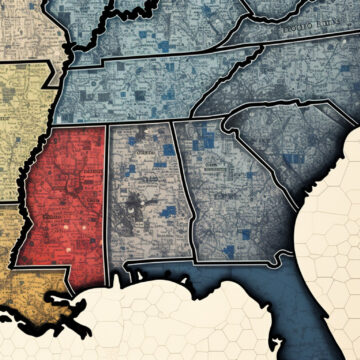Every morning, in towns and cities across the United States, lines begin to form at methadone clinics well before the sun fully rises. People with opioid use disorder shuffle in for their daily dose of a medication that, while intended to save their lives, has become a lightning rod for criticism and controversy. Somewhere behind these quiet scenes, corporate balance sheets bulge, government funds flow, and the question lingers: Is America truly seeking to help those caught in the devastating grip of opioid addiction—or has the nation’s healthcare system prioritized profit over compassion? The answer, many argue, is that a cycle of dependence has been painstakingly preserved, even as the death toll from opioid-related overdoses climbs year after year. This is a story of misguided priorities, misplaced funds, and the glaring gap between what could be done to alleviate a crisis and what is actually happening.
Category: Politics
How Excited Delirium Became a Cover for Police Violence
In the annals of modern policing, there’s a term that flares up in the headlines when a routine arrest turns fatal, when bodycam footage sparks protests, or when another Black or brown body ends up lifeless on the asphalt. That term is excited delirium—a medical-sounding phrase with a murky past and a troubling present, one that has become a catch-all explanation for deaths that occur under aggressive police restraint.
Redistricting vs. Gerrymandering: Mapping the Contours of Power and Representation
While the concept of electoral districts might seem straightforward, the processes that determine their shapes and sizes—redistricting and gerrymandering—reveal a more convoluted narrative. As we delve into the distinctions and implications of these processes, we will uncover the nuanced ways in which the mere drawing of lines on a map can serve as a powerful tool, sometimes used to uphold democratic ideals and sometimes to distort them. The contours of these boundaries, quite literally, shape the contours of power and representation in our democracy.
The 1943 Lanham Act Childcare Program Exposed Congressional Neglect—Its Demise Still Haunts America
Amidst the tumult of World War II, the United States briefly achieved something that remains elusive today: truly universal childcare. Under the Lanham Act of 1943, the federal government funded “war nurseries,” enrolling an estimated 550,000 children so their mothers could bolster the wartime workforce. Though wildly successful, these centers vanished soon after the conflict ended—victims of shifting politics and deep-rooted biases. This forgotten chapter of American history reveals how effectively the nation can rally behind working parents, and how readily it can abandon them once the crisis subsides.
Examining Gun Culture, Paranoia, and Division in the United States
American society, celebrated for its diversity and innovation, is paradoxically plagued by an enduring problem: a deeply entrenched culture of gun ownership and violence. The right to bear arms, enshrined in the Second Amendment of the Constitution, is as fiercely defended by many Americans as it is ardently contested by others. This polarization extends beyond constitutional interpretation to encapsulate the very values, fears, and aspirations of a nation.



